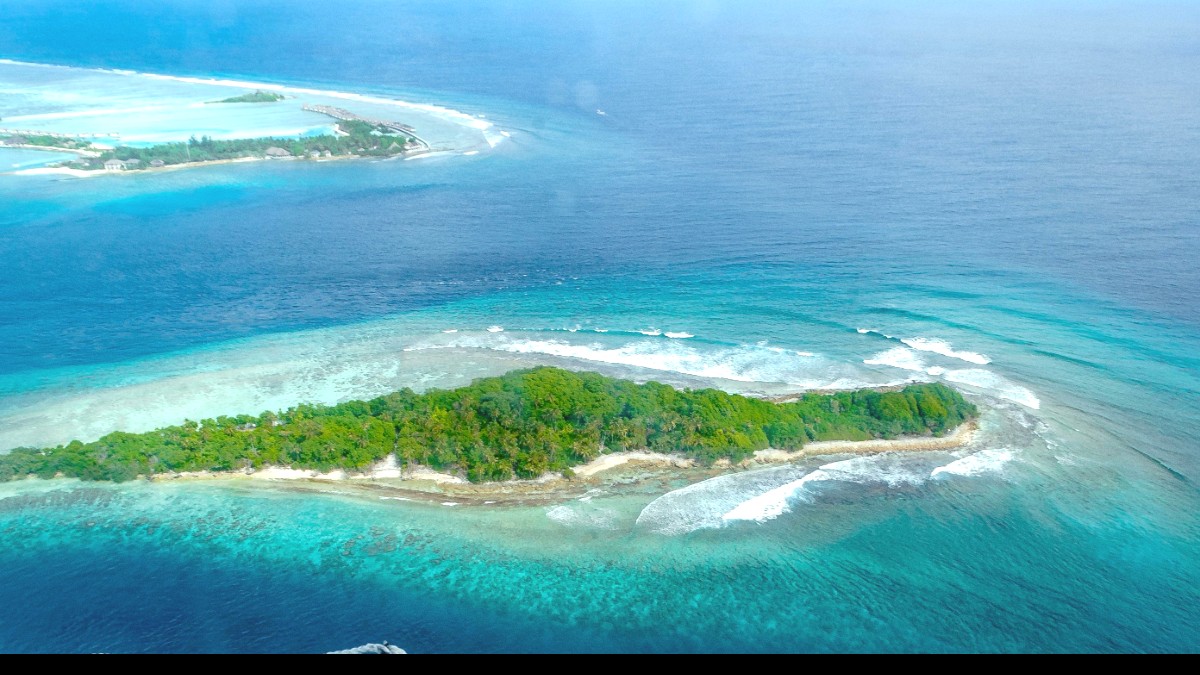
Wallis Island (Uvéa) features striking natural wonders and historical sites. Futuna Island holds deep cultural significance.
Remember to consider local guidance and respect customs, especially at sacred or traditional sites.
Futuna offers an extremely peaceful and deeply traditional experience.
Archaeological site demonstrating deep Tongan influence.
A lesser-known Tongan fort site, for quieter exploration.
Traditional Polynesian ceremonial sites; require local guidance and permission to visit respectfully.
Numerous churches in almost every village, some dating to the 19th century.
Wallis and Futuna's natural beauty shines through its pristine lagoons, volcanic features, and secluded beaches.
Wallis Island's lagoon contains several small, uninhabited islets. These are popular for snorkeling, picnics, and relaxation due to their clear waters and white sandy beaches.
Known for its pristine white sand beaches, ideal for a quiet escape.
A boat transfer is necessary to reach these islets. Arrange this with local operators or through your accommodation.
Standing at 131m, Mt. Loka is the highest point on Wallis Island. It presents panoramic views of the entire island and its lagoon.
A small, picturesque lake connected to the sea by an underground channel.
Some small sandy stretches exist, like Plage de la Saga, for relaxing by the water.
An uninhabited island south of Futuna, for pristine beaches, coconut plantations, and hiking. Bring all supplies.
A cave system on Futuna, offering a chance to explore subterranean formations.
Several small waterfalls appear, especially after heavy rains, adding to the island's lush natural appeal.
For travelers seeking immersion, Wallis and Futuna presents hidden gems away from any established tourist trails.
Many sites offer quiet reflection rather than commercial tourism amenities.
For booking tours and activities for attractions in many global destinations, explore GetYourGuide.
Many natural and historical sites in Wallis and Futuna are accessible but may require walking on uneven terrain or boat transfers.
Respect local customs, especially when visiting religious or sacred sites. Modest dress is appropriate.
The islands' historical sites narrate tales of ancient Polynesian migrations and Tongan influence, important for understanding the region's past.
Wallis and Futuna's natural landscapes are largely untouched, providing pristine beauty. Sustainable tourism helps preserve these environments.
Beyond the main sites, Wallis and Futuna has opportunities for unique, personal discoveries rooted in local life.
Explore Alofi's interior for a secluded natural experience, including the Notre-Dame-de-Lourdes chapel cave.
Arrange a trip with locals for a genuine experience of traditional fishing methods and local livelihoods.
Remember that sacred sites are deeply respected by locals. Approach with reverence and modesty.
Engaging local guides deepens insights into history, nature, and cultural significance.
Many traditional sites are not overtly marked. Local guidance and permission for visits are important.
Certain natural attractions, like waterfalls, are best visited after heavy rains for their full beauty.
Contribute to the preservation of these pristine environments by minimizing your impact.
The islands' history is intertwined with Polynesian and Tongan influences, evident in archaeological and religious sites.
Wallis and Futuna present an unique opportunity for cultural and natural exploration rather than commercialized tourism.
Prioritize respect for local customs and careful planning for remote site visits.
The villages on Futuna offer an authentic view of Polynesian traditions, largely untouched by external influences.
Alofi, an uninhabited island, provides a serene natural escape with hiking and cultural points.
The islands have diverse birdlife, especially around the volcanic lakes and lush interior regions.
Bring binoculars for the best viewing experience.
The clear lagoons offer opportunities for snorkeling and observing marine life.
Limited dive operators exist for experienced divers.
Scenic landscapes and unique cultural moments present numerous photography opportunities.
Always ask permission before photographing individuals.
Many attractions do not have fixed opening hours. Flexibility in your itinerary is beneficial.
Some of the most rewarding experiences come from spontaneous interactions with locals.
Sunscreen, insect repellent, and sufficient water are advisable for outdoor excursions.